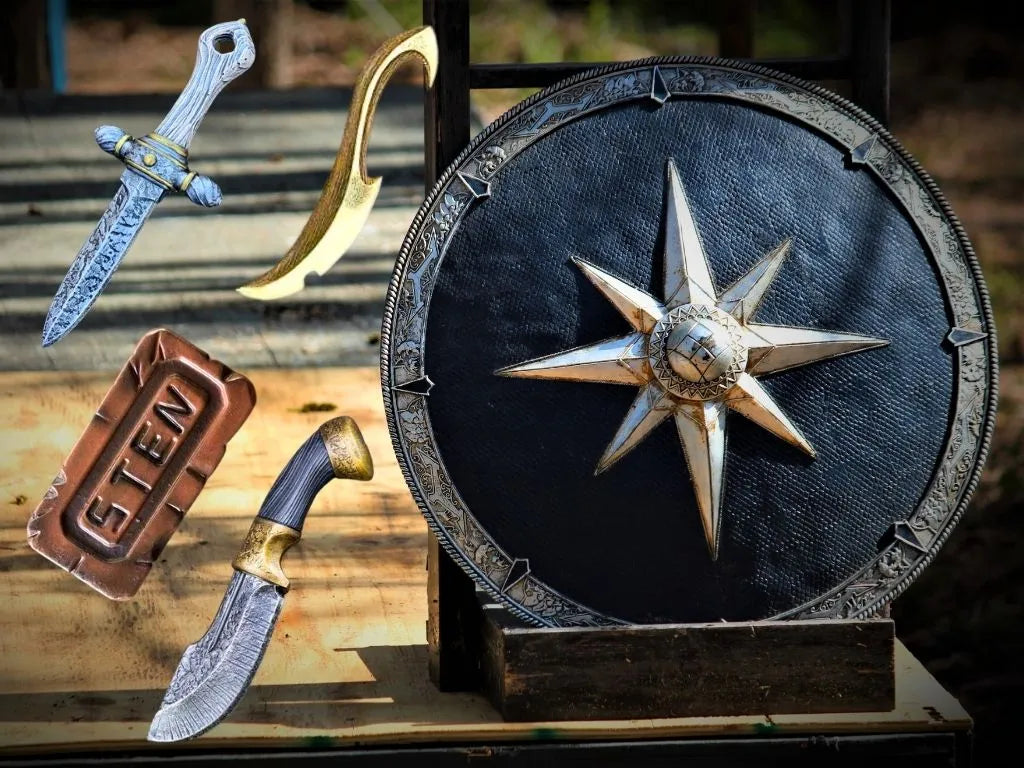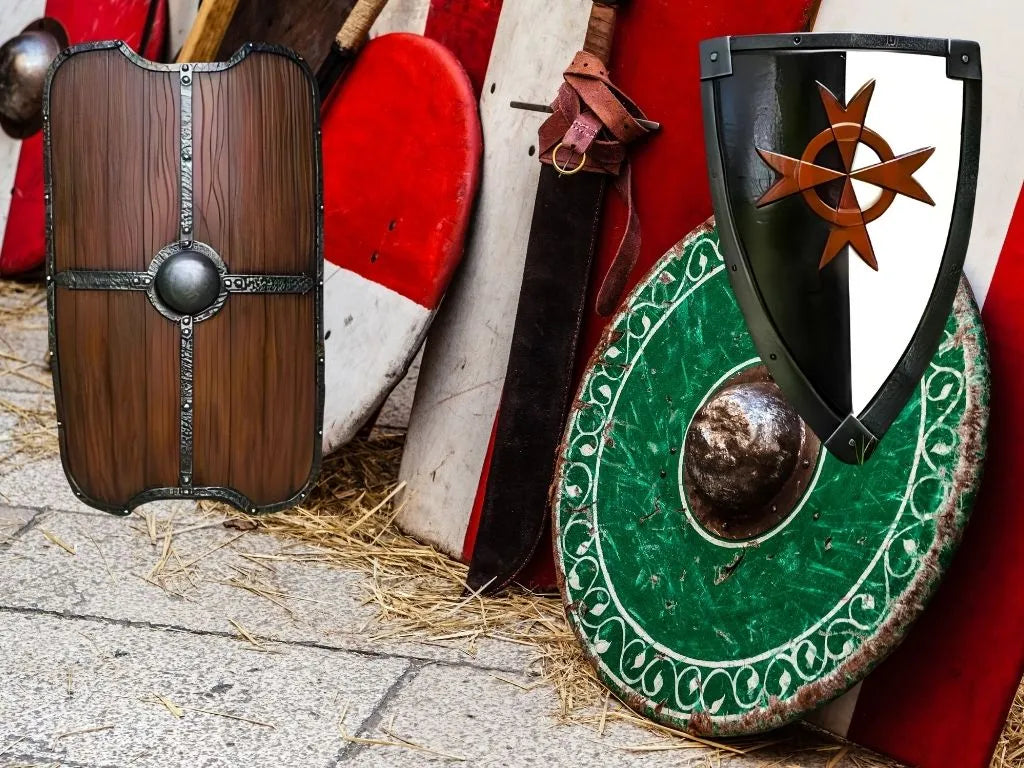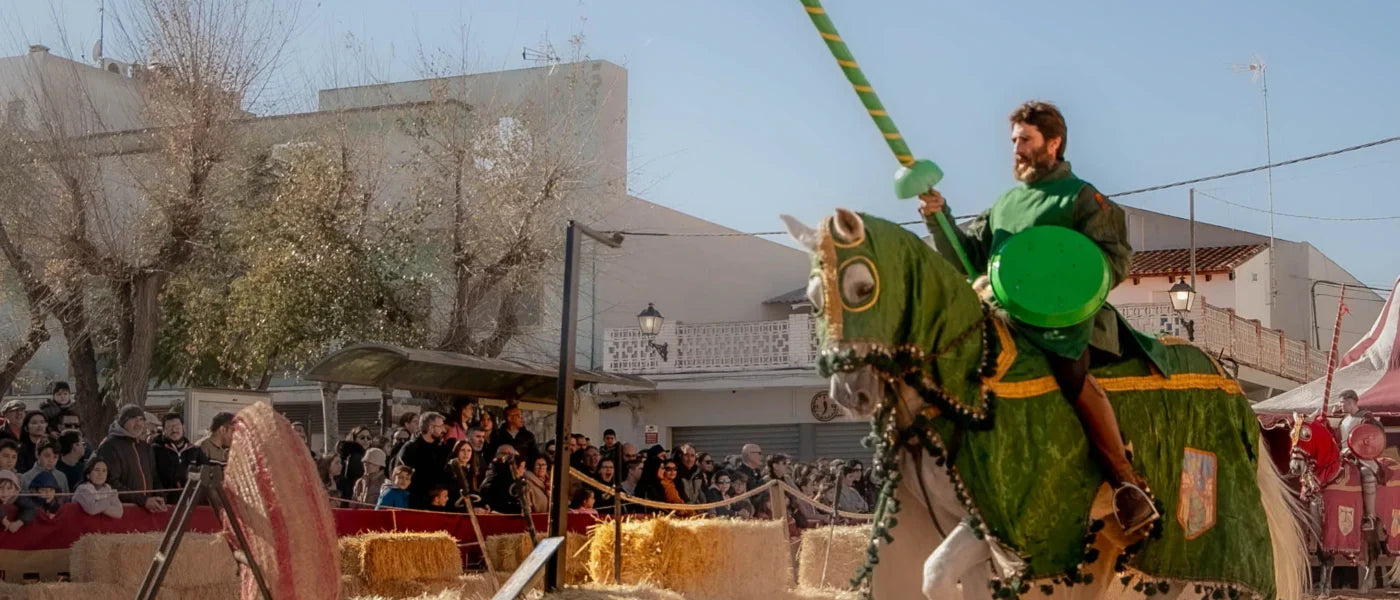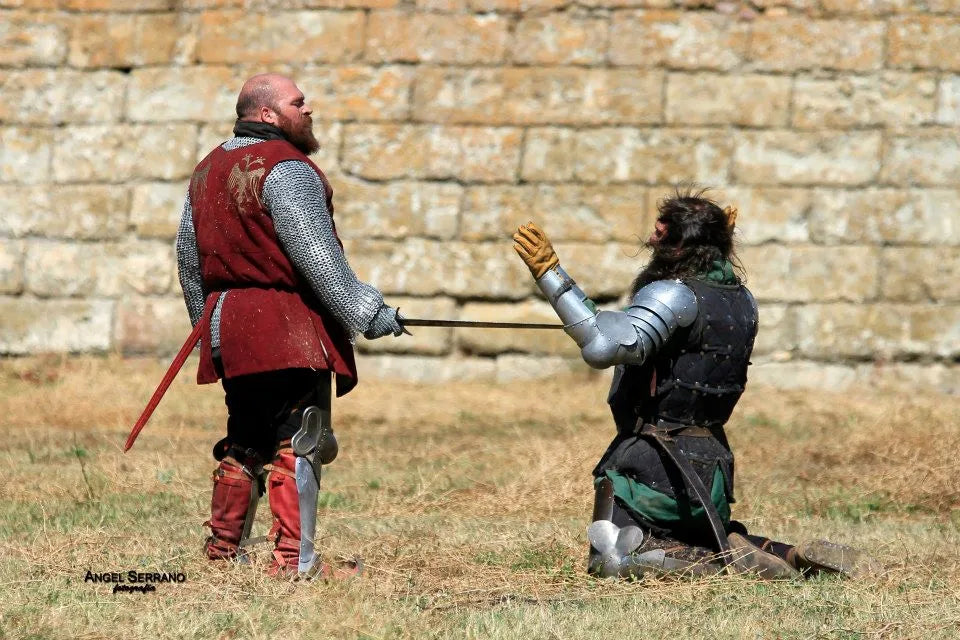Welcome to a new article from Espadas Y Más. Surely many of you have taken a look at the new series "Shogun" , set in feudal Japan in the 17th century and which tells the story of the novel character Yoshii Toranaga . What you may not know is that despite being a fictional story, this character is inspired by someone real and historical. Tokugawa Ieyasu , one of the 3 unifiers of Japan along with the previous ones Oda Nobunaga and Toyotomi Hideyoshi. Today we tell you about Ieyasu!
Tokugawa Ieyasu
Tokugawa Ieyasu was one of the most important shoguns of Japan and a crucial figure in the unification of the country during the Sengoku period, also known as the Warring States Era.
Look at this katana from Kimetsu no Yaiba

Born Matsudaira Takechiyo in 1543 in Mikawa Province, Ieyasu belonged to the Matsudaira family, which was a branch of the Minamoto clan . At a young age, he was sent as a hostage to the Imagawa clan to ensure his family's loyalty. There he received education and military training, which provided him with skills and knowledge that would be instrumental in his future career.
As he grew older, Ieyasu became involved in the political and military struggles of the time. He managed to consolidate his power in Mikawa Province and establish strategic alliances with other powerful daimyos, such as Oda Nobunaga and Toyotomi Hideyoshi. These alliances allowed him to expand his influence and territory, participating in various battles and military campaigns.

Following the death of Toyotomi Hideyoshi in 1598, a conflict for power broke out between the different clans and daimyos. The Battle of Sekigahara , which took place in 1600, was a turning point in the history of Japan and determined the course of the country's unification. Ieyasu emerged as the victor of this battle, consolidating his position as the most powerful daimyo in Japan.
In 1603, the emperor granted Ieyasu the title of shogun , marking the beginning of the Tokugawa shogunate, which would last for over 250 years until 1868. During his rule, Ieyasu implemented a series of administrative, military, and social reforms to stabilize the country and consolidate his power. He established a centralized system of government with a strict code of laws and regulations, known as the "Bakufu".
Check out this spectacular Katana Yarinohanzo

His ability to forge strategic alliances, his military cunning, and his political vision enabled him to unify a fractured country and establish a centralized government that would endure for several centuries. Although his rule was criticized for its rigidity and authoritarianism, it also laid the groundwork for the peace and stability that would characterize the Edo period, a period of economic prosperity, cultural development, and relative internal peace in Japan.
Check out this sharp functional Katana
He played a crucial role in the unification of Japan and the consolidation of the Tokugawa shogunate, leaving a lasting legacy that remains relevant in Japanese history and culture to this day and formed the foundational structures for modern-day Japan.














